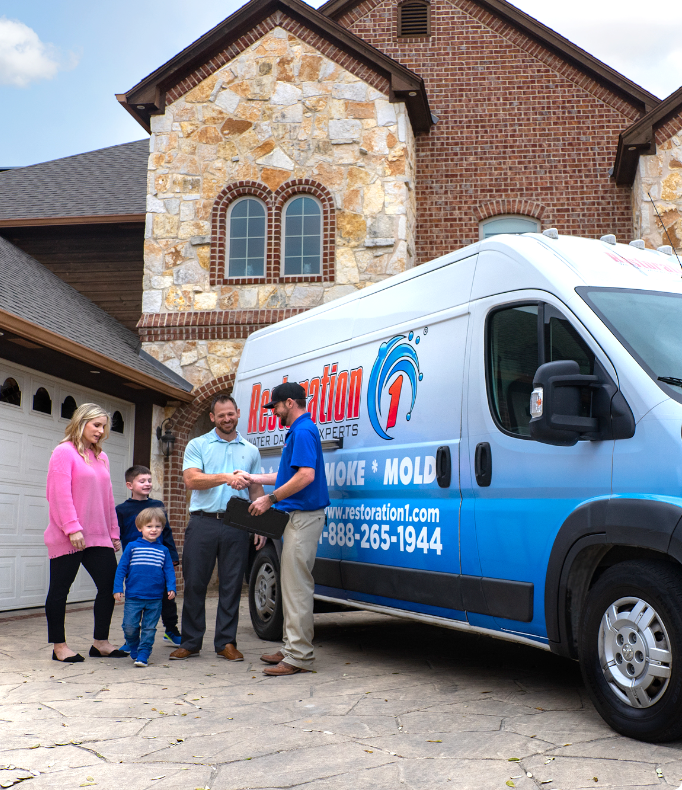Water clean up is a vital process that must be performed to prevent the spread of infectious diseases and microbial organisms. The longer water sits in a building, the greater the chance that microbial organisms will grow and cause illness. It is, therefore, essential to commence water clean up as soon as possible.

Cleaning up a sewage backup
Sewage backups can cause an emergency and require immediate cleanup. Fortunately, sewage cleanup services are available 24 hours a day, 365 days a year. They will help you remove contaminated water and disinfect the affected area. To begin the cleanup process, drain any flood waters and wash all exposed surfaces with warm water. Next, you should sanitize the affected area with a mixture of water and laundry bleach or Pine Sol. This will kill bacteria and remove any lingering odors.
Sewage has microscopic particles that can cause short-term and long-term health problems. Among these are bacteria, fungi, parasites, and viruses. These microbes can cause diseases and damage to the digestive and cardiovascular systems. Therefore, it is crucial to get professional help with the cleanup process.
Cleaning up a burst pipe
Cleaning up a burst pipe can be a complicated process. A lot of water spills out, and it can saturate porous materials like walls and flooring. Left untreated, this water can lead to mold growth and thousands of dollars in damage. If you have a burst pipe in your home, you must begin the cleanup process immediately. The first step in cleaning up a burst pipe is determining the source of the water.
If the pipe is located in a bathroom, the problem likely stems from a water pipe. You should use a mild detergent and bleach solution to disinfect the area. This solution should be applied with a rag or spray bottle to ensure that all surfaces are clean.
Cleaning up a flooded home
After a flood, you’ll need to begin cleaning up your home. Depending on how much water is in your home, you may need to use a pump or other device to pump out the water. Once the water has been removed, you should clean and dry items. A wet/dry vacuum is helpful because it draws water and debris from carpets and other surfaces. You can also use a mop to soak up any remaining water and dirt.
Floods can cause severe damage to a home. In addition to destroying personal property, they can also affect the health of those in the house. Even a few inches of water can ruin expensive items. In addition, more severe floods can damage your private sewage system, electrical systems, foundation, and more.
Cleaning up contaminated water
Cleaning up contaminated water is a complex process involving the use of chemicals and other methods to purify it and make it safe for human consumption. As the population increases, so will the need for significant wastewater treatment and water recycling investments. KB-1, microbial consortia, is a promising candidate for this work. It was discovered by Dr. Elizabeth Edwards of the University of Toronto. She is leading the BEEM project, which aims to speed up the discovery and development of new microbial consortia.
While some contaminants can be sourced from natural sources, others originate from human activities. Occasionally, impurities are injected into the groundwater due to industrial or residential moves. In such cases, the contaminants have the potential to spread well beyond the site of contamination, making it even more challenging to clean up. There are two categories of sources for groundwater contamination: point sources and non-point sources. Point sources are usually the result of the release of hazardous waste or industrial chemicals from a single location. In contrast, non-point sources result from the cumulative effects of several factors.
